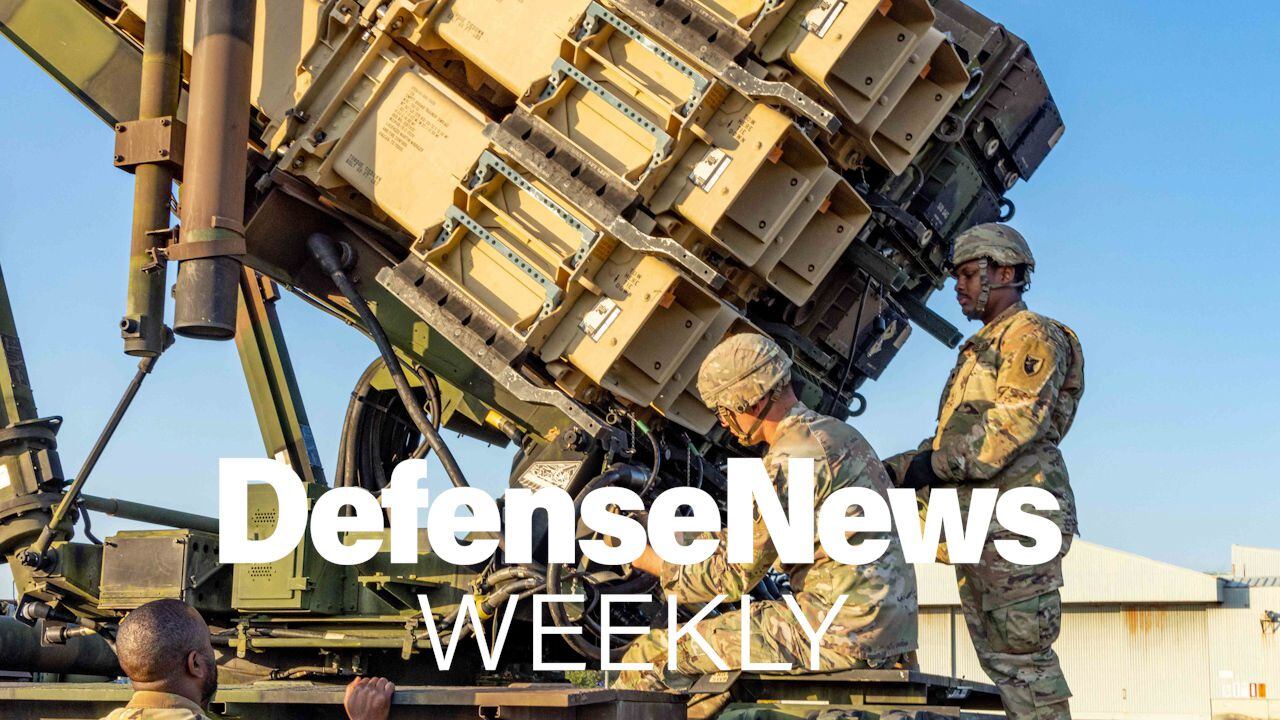ABU DHABI — The conflicts surrounding the Middle East and North Africa are shaping regional C4ISR procurement requirements.
From the war against the so-called "Islamic State" extremists in Iraq, Syria and Libya, the instability in Yemen to the continuing incursions by organized terror groups in Egypt, governments have been looking to improveincrease border security, command, control, communications, cyber, information, surveillance and reconnaissance capabilities to battle the transnational threat
Currently, Saudi Arabia is working to secure its northern borders with Iraq against incursions from IS militants while rushing to complete a 1,700-kilometer wall on its border with Yemen.
Digital Show Daily: Complete coverage from IDEX 2015
The move in the southern border has intensified since the Houthi incursions toward the capital of Sana'a began. According to Saudi sources, the priority now is sealing the mountainous Yemeni border with a fence modeled on its expensive frontier defenses with Iraq, and work is continuing that they are working "day and night" to finish it.
The 965-kilometer-long wall along its northern border with Iraq will consist of a ditch, and a triple-layered steel fence and with 40 watchtowers. spread out along it. Each watchtower will be equipped with high-tech surveillance radars that are capable of detecting low-flying helicopters and approaching vehicles, as well as spotting being able to spot a human from the range of 20 kilometers, reports stated.
The border will also include Furthermore there will be 38 separate communication towers in place and 32 military response stations, as well as 240 armed rapid response vehicles to which will patrol the northern wall.
According to retire German Col.lonel (ret) Ralph Thiele, chairman of the Berlin-based "Politisch-Militärische Gesellschaft" and CEO of StratByrd Consulting, Gulf Cooperation Council militaries are urgently looking for ways to integrate commercial, off-the-shelf communications technologies with and legacy networks communications, situational awareness networkand networked systems into a comprehensive overarching system.
"The gulf region is globally one of the fastest growing markets for C4ISR capabilities. Among the most wanted features are intelligence support outsourcing, communications, command and control (C2), geospatial, optical and radar sensors, airborne and space-based surveillance," Thiele stated in his 2014 study, "ISR Platforms and the Future of C4ISR Systems Integration in the Gulf."
"Virtually every nation is looking to UAVs to provide or supplement their airborne ISR capabilities; Saudi Arabia and the United Arab Emirates are among the worldwide top 20 markets for C4ISR platforms," he said. "For example, Saudi Arabia has been equipped impressively with the Boeing E-3A, RC-135, Erieye on Saab 340, Bombardier Q300 MPA and others."
The kingdom has been spending a lot of money on ISR aircraft for internal needs, Thiele stated in the report, including upgrades to their aging E-3 tactical airborne surveillance system platforms as well as participating in a multinational airborne early warning and control effort. called the long-term AEW&C solution aircraft effort.
"The core C4ISR platform of the United Arab Emirates has been the Saab S100B; governments in the gulf invest in solutions for ballistic missile defence, airborne ISR sensors and mission equipment packages."
However, the instability and threats are driving funding of sensors and networks that enable sharing of ISR information and command and control. exercise of C2.
"Counter-terrorism requires identification and tracking of threats down to the individual level and communication of information down to the smallest unit, as well. Sovereignty over ocean economic resources requires deployment of sensor platforms and communications networks," Thiele stated.
Experts have long been calling on gulf countries to establish military command systems able to exchange and share information. GCC Secretary General , Dr Abdullatif Al Zayani (CQ), said last year that the GCC was politically in unison and called for the countries' militaries to follow suit.
"GCC countries have to be able to be integrated and interoperable to intelligence and information and be ready to work together at a higher and more complete level," he said.
Retired Maj. Gen. Sadek Al Juhaiman, (CQ)n, a Saudi Arabian Ministry of Defense consultant, stated that one near-term objective for the region should be to , ultimately, build a system that is interoperable with regional systems and resources.
"To establish a regional interface that is activated only when needed as well as combined operational exercises," he said.
A move toward a unified communications has already been established through the adoption of the GCC Unified Military Command based in Riyadh, Saudi Arabia, since December 2013. However, no information has been released about the level of cooperation the command has reached.since its announcement.
Currently, air ISR assets in the region are led by the United Arab Emirates, which operates have in its posetion two Saab 340 advanced early warning aircraft, two Dash 8 maritime patrol aircraft,MPA's, three King Air 90s, Unmanned Areal Vhivless, 80 Camcopters and an undisclosed number of Predator XPs.
Furthermore The UAE also has in orbit the only military satellite capability in the region and last year purchased with the addition of two more Falcon Eye satellites purchased last year from France.
Thiele agreed that to build an effective C4ISR environment in the gulf, a workable strategy would have to region, it would be important to come up with a valid strategy addressing both individual country needs and regional security concerns.
"Of particular importance for the gulf will be to design the architecture and processes of a coherent, interoperable C4ISR system with the capability of fusing human and technical domains, standards and procedures as well as training and education."
Email: amustafa@defensenews.com
Twitter: @awadz
Awad Mustafa was a Middle East and Africa correspondent for Defense News.








